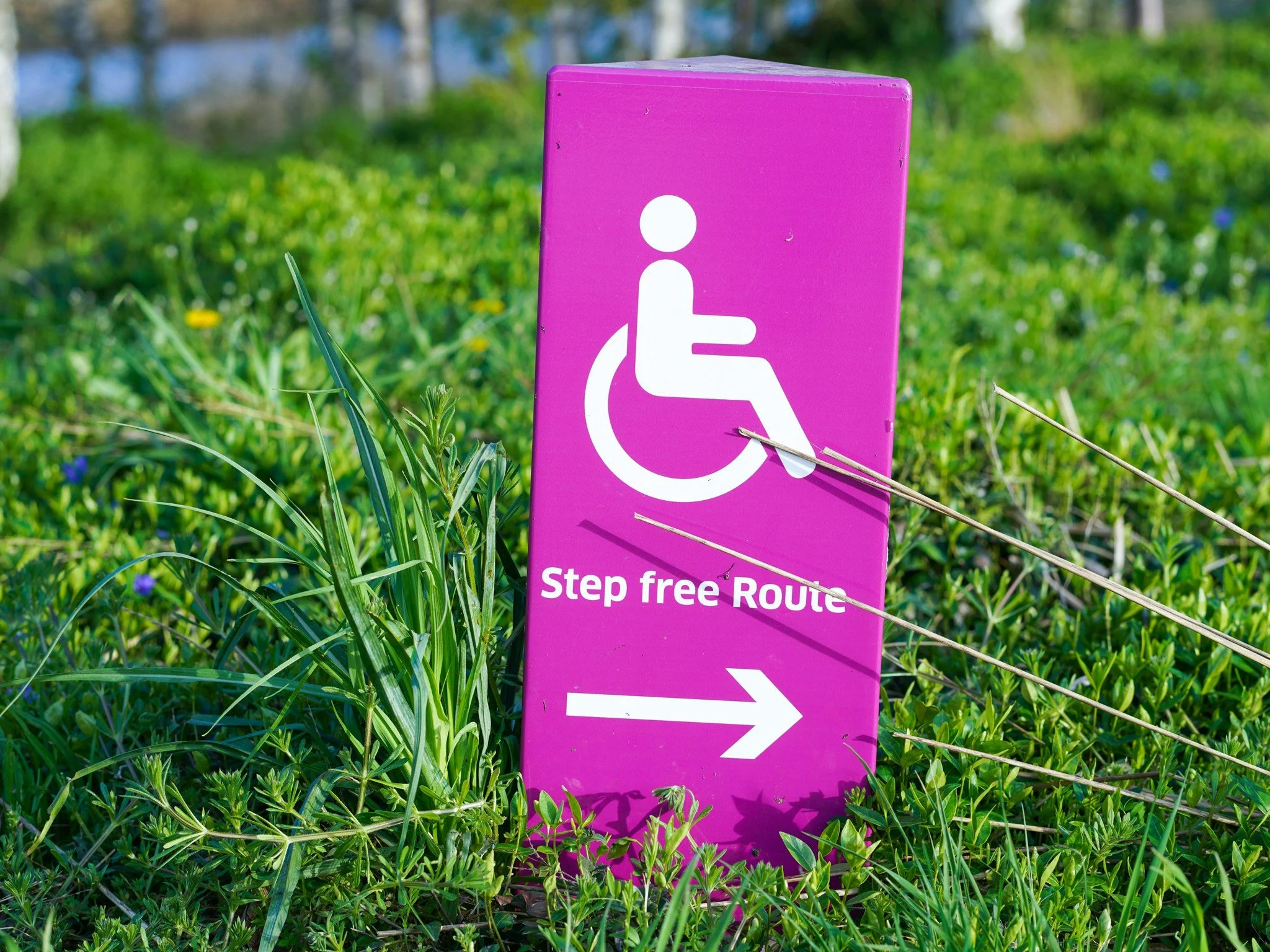Employees can have various disabilities, some of which are visibly obvious while others remain hidden. It’s important to stay empathetic towards workers with disabilities and to provide as much support as possible. You should look to accommodate them as best as you can, so they’re able to work without feeling uncomfortable, awkward or in pain.
The following steps will help you do this, allowing workers with disabilities to feel more welcomed and seen in the workplace:
Offer Flexible Working Patterns
For some employees, their disability makes it hard to continuously get to work every day. Perhaps they are in a wheelchair or have another physical disability, so driving to work, arranging lifts or getting the train are all more complicated for them.
As a result, making work more flexible can help them feel at ease. Let them either work permanently from home or only come into the office a day or two per week. Flexible working patterns allow employees to create schedules that work best around their disabilities. As well as helping them feel more comfortable it can also be inducive to a more productive work environment.
Provide Extra Financial Support For Disability Aids
Offering to pay for disability aids is a fantastic way to accommodate employees with disabilities. It’s particularly helpful when you have an ageing workforce and people start to develop different disabilities. Perhaps someone has been at the company for years but they’ve recently developed chronic hip pain. It makes it difficult for them to walk, so they need some sort of aid.
Buying these aids can be costly, so you can offer to do it for them. As noted by mobility2you, it helps to talk to the individual and help them choose the right walking aid for their needs. Now, they can get to work with fewer issues and walk around the workplace in less pain. Providing this financial support shows employees you’re willing to go the extra mile to accommodate them.
Invest In Accessibility At Work
Many workplaces simply are not equipped for people with disabilities. Or, they’re only accessible to people with specific disabilities. Having ramps or lifts will help people who can’t walk up stairs - but think about other disabilities too.
Someone you hire may have a non-physical disability, yet they still need help at work with certain things. A really good example is someone with hearing loss. Deaf individuals will have difficulty doing common tasks like listening in on video calls or communicating with people in the office. Some simple changes can make the workplace more accessible - like installing text-to-speech software on computers or hiring a sign-language interpreter to work with them.
Accommodating employees with disabilities is much easier than some businesses think. It barely requires any extra effort and it’s the least you can do to support these workers. As well as the ideas above, it’s important to consult with the individual about their disability. Have a productive conversation about their issues and what you can do to help. This is the best way to ensure you’re putting things in place and removing any barriers that may make their working life more challenging.













